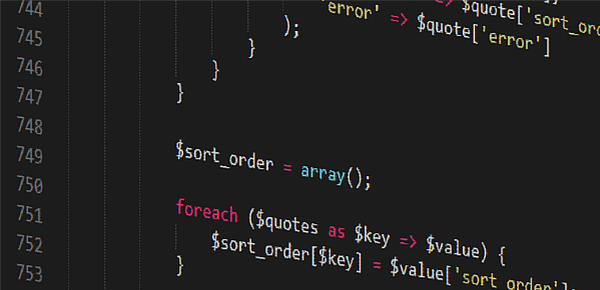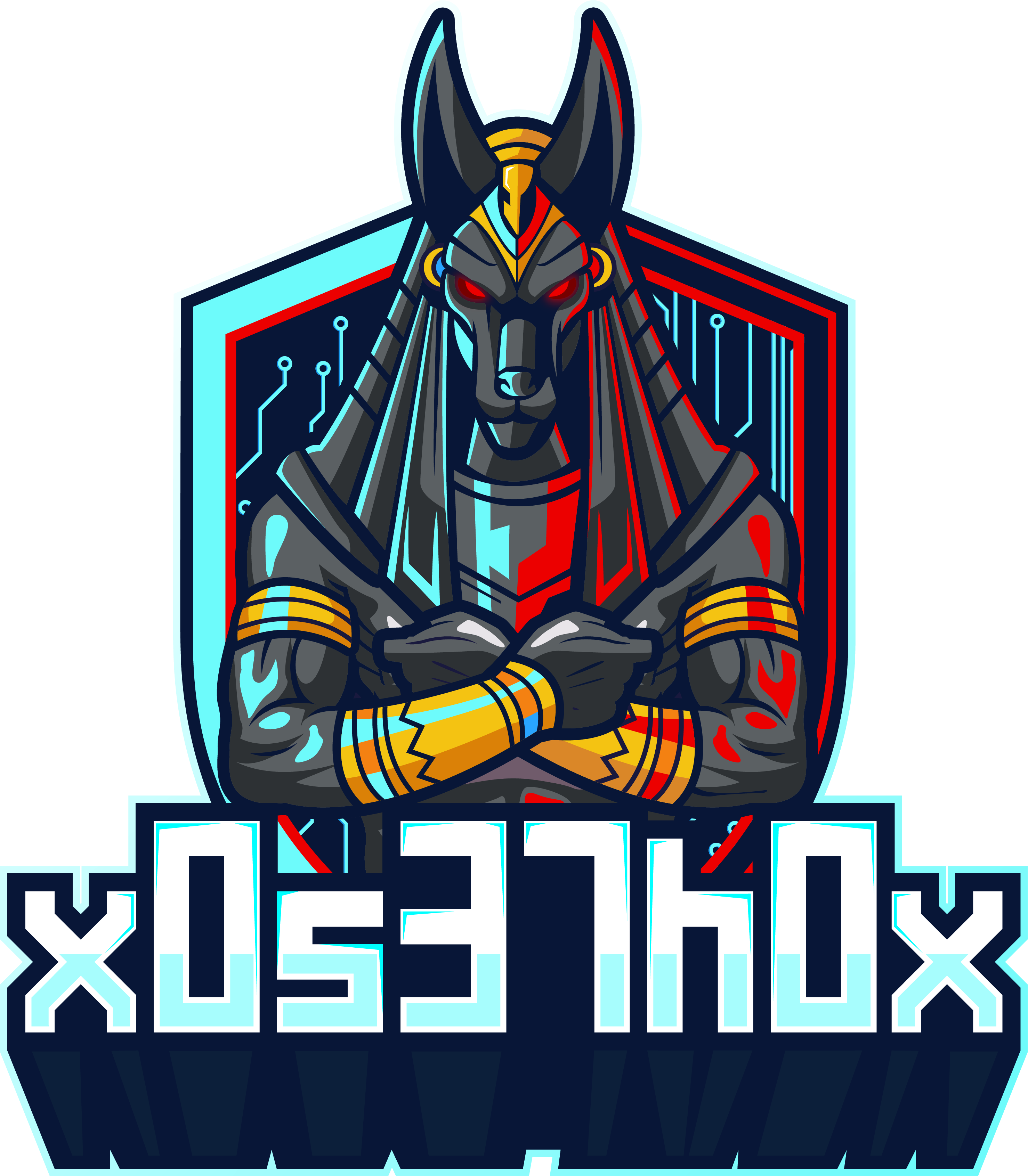x0s37h0x // GENERAL NEWS
Python Programming – The Versatile All-Rounder

Python Programming – The Versatile All-Rounder
What Makes Python So Special?
Python is a highly readable, interpreted language that stands out for its simplicity and versatility. It is ideal for beginners but also offers great depth and versatility for experienced programmers. Python's clear syntax promotes code readability and maintainability.
Core Features of Python
Readable Syntax: Python was designed with the goal of providing a simple and clear syntax. This makes learning and understanding the code easier and makes it accessible even to non-programmers.
Interpreted and Dynamically Typed: Python code is interpreted at runtime, which allows for quick writing and testing of code. Dynamic typing means that variables do not need to be explicitly typed.
Extensive Standard Library: Python offers a wide range of libraries for various tasks, from web development and data analysis to machine learning and automation. These libraries make Python a versatile tool.
Large Community and Support: Python has one of the largest and most active programming communities. This means a wealth of resources, tutorials, and support that make it easier to get started and solve problems.
Applications of Python
Web Development: Frameworks like Django and Flask make Python a popular choice for web development. They provide a simple and powerful way to create web applications.
Data Analysis and Scientific Computing: With libraries like NumPy, Pandas, and SciPy, Python is one of the leading languages for data analysis and scientific computing. Matplotlib and Seaborn enable impressive data visualizations.
Machine Learning and AI: Libraries like TensorFlow, Keras, and PyTorch make Python a preferred choice for machine learning and artificial intelligence. Python's simple syntax and strong libraries enable quick prototyping and implementation of complex models.
Automation and Scripting: Python is excellent for automation tasks. From web scraping to automating tasks on the operating system, Python makes automation easy and efficient.
Tips for Getting Started with Python
Getting started with Python is relatively easy. It is recommended to begin with basic concepts such as variables, loops, and functions. Online tutorials, courses, and platforms like Codecademy, Coursera, and edX offer good starting points. Working on small projects helps to gain practical experience and deepen understanding.
------------------------------------------------------------
German Version
------------------------------------------------------------
Python Programmierung – Der Alleskönner
Was macht Python so besonders?
Python ist eine hochgradig lesbare, interpretierte Sprache, die sich durch ihre Einfachheit und Vielseitigkeit auszeichnet. Sie ist ideal für Anfänger geeignet, bietet aber auch eine enorme Tiefe und Vielseitigkeit für erfahrene Programmierer. Die klare Syntax von Python fördert die Lesbarkeit und Wartbarkeit des Codes.
Kernmerkmale von Python
Lesbare Syntax: Python wurde mit dem Ziel entwickelt, eine einfache und klare Syntax zu bieten. Dies erleichtert das Lernen und Verstehen des Codes und macht ihn auch für Nicht-Programmierer zugänglich.
Interpretiert und dynamisch typisiert: Python-Code wird zur Laufzeit interpretiert, was schnelles Schreiben und Testen von Code ermöglicht. Die dynamische Typisierung bedeutet, dass Variablen nicht explizit typisiert werden müssen.
Umfangreiche Standardbibliothek: Python bietet eine breite Palette von Bibliotheken für verschiedene Aufgaben, von Webentwicklung und Datenanalyse bis hin zu maschinellem Lernen und Automatisierung. Diese Bibliotheken machen Python zu einem vielseitigen Werkzeug.
Große Community und Unterstützung: Python hat eine der größten und aktivsten Programmiergemeinschaften. Dies bedeutet eine Fülle von Ressourcen, Tutorials und Support, die den Einstieg und das Lösen von Problemen erleichtern.
Anwendungen von Python
Webentwicklung: Frameworks wie Django und Flask machen Python zu einer beliebten Wahl für die Webentwicklung. Sie bieten eine einfache und leistungsfähige Möglichkeit, Webanwendungen zu erstellen.
Datenanalyse und Wissenschaftliches Rechnen: Mit Bibliotheken wie NumPy, Pandas und SciPy ist Python eine der führenden Sprachen für Datenanalyse und wissenschaftliches Rechnen. Matplotlib und Seaborn ermöglichen beeindruckende Datenvisualisierungen.
Maschinelles Lernen und KI: Bibliotheken wie TensorFlow, Keras und PyTorch machen Python zu einer bevorzugten Wahl für maschinelles Lernen und künstliche Intelligenz. Python's einfache Syntax und starke Bibliotheken ermöglichen schnelle Prototypenentwicklung und Implementierung komplexer Modelle.
Automatisierung und Skripting: Python ist hervorragend für Automatisierungsaufgaben geeignet. Von der Web-Scraping bis hin zur Automatisierung von Aufgaben auf dem Betriebssystem – Python macht die Automatisierung einfach und effizient.
Tipps für den Einstieg in Python
Der Einstieg in Python ist relativ einfach. Es wird empfohlen, mit grundlegenden Konzepten wie Variablen, Schleifen und Funktionen zu beginnen. Online-Tutorials, Kurse und Plattformen wie Codecademy, Coursera und edX bieten gute Einstiegspunkte. Das Arbeiten an kleinen Projekten hilft dabei, praktische Erfahrung zu sammeln und das Verständnis zu vertiefen.






